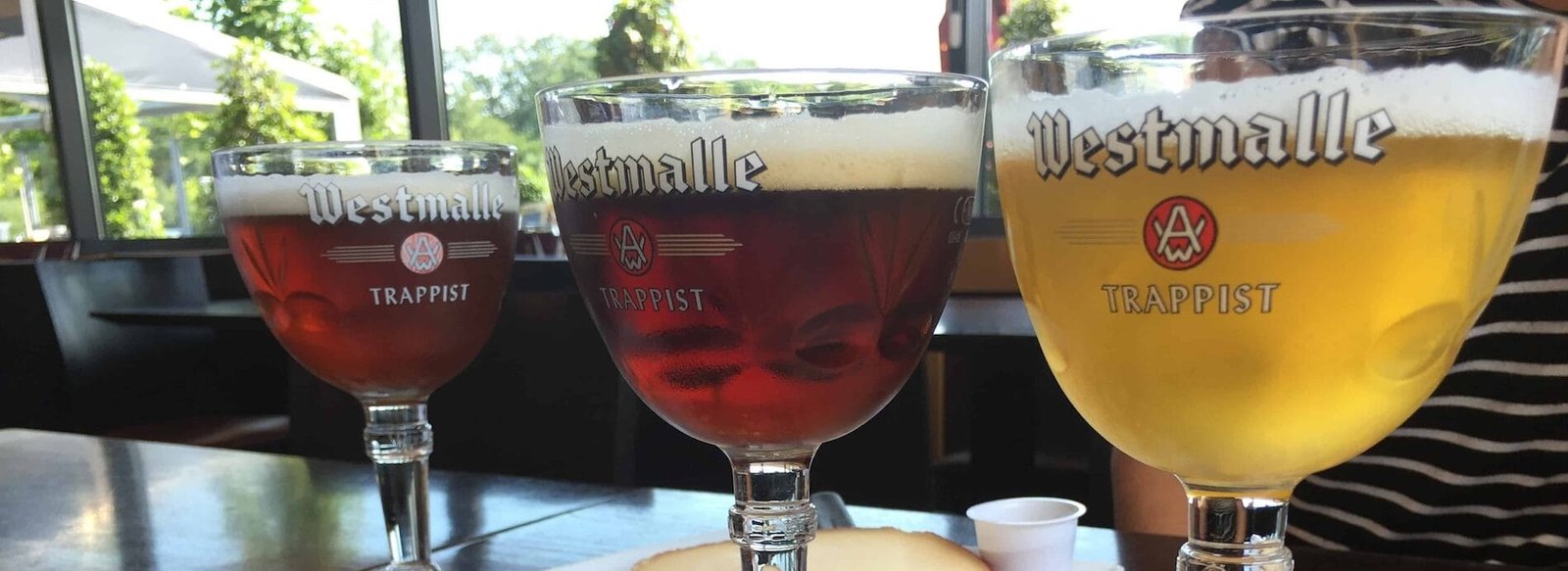Belgium is renowned for its rich brewing heritage, producing a wide array of beer styles that reflect the country’s unique culture and history. For those new to the world of Belgian beer, navigating this diverse landscape can be overwhelming. This guide aims to demystify the main styles of Belgian beer, providing insights into their characteristics, brewing methods, and the best occasions to enjoy them.
The Importance of Terroir
Before diving into specific styles, it’s essential to understand the concept of terroir in Belgian brewing. Terroir refers to the environmental factors that influence the characteristics of a product, including the soil, climate, and local traditions. In Belgium, the brewing process is often tied to regional ingredients and methods, resulting in distinct flavors and aromas that vary from one area to another. This connection to place is a key aspect of Belgian beer culture.
Key Styles of Belgian Beer
Belgian beers can be broadly categorized into several main styles, each with its own unique attributes. Here’s a closer look at some of the most prominent styles:
1. Dubbel
Dubbel is a dark, malty beer that originated in Belgian monasteries. It typically has an alcohol content ranging from 6% to 8% and is characterized by its rich, caramel-like sweetness, often accompanied by notes of dark fruit such as raisins or figs. The brewing process involves using dark malts, which contribute to its deep brown color and complex flavor profile.
Dubbel is best enjoyed at slightly warmer temperatures, allowing the flavors to fully develop. It pairs well with hearty dishes like beef stew or rich cheeses, making it an excellent choice for a cozy dinner.
2. Tripel
Tripel is a lighter, golden beer with a higher alcohol content, usually between 8% and 12%. It is known for its fruity and spicy notes, often derived from the use of Belgian yeast. The flavor profile typically includes hints of banana, clove, and citrus, balanced by a subtle sweetness.
The brewing process for Tripel involves a significant amount of pale malt, which contributes to its golden hue. This style is often carbonated more than other Belgian beers, resulting in a lively mouthfeel. Tripel pairs well with seafood, chicken, and spicy dishes, making it a versatile option for various meals.
3. Quadrupel
Quadrupel is the strongest of the traditional Belgian styles, with an alcohol content that can reach up to 12% or more. This beer is dark and rich, with complex flavors that develop during the brewing process. Expect notes of dark fruits, caramel, and a warming finish that lingers on the palate.
Quadrupels are often aged, allowing the flavors to mature and deepen over time. They can be enjoyed on their own or paired with desserts like chocolate cake or rich pastries. This style is perfect for sipping on a cold evening, offering a comforting experience.
4. Saison
Saison, also known as farmhouse ale, is a refreshing and often fruity beer that originated in the Wallonia region of Belgium. Traditionally brewed in the winter months and consumed during the summer, Saisons are characterized by their dry finish and spicy, peppery notes. The alcohol content typically ranges from 5% to 8%.
The brewing process for Saison often includes a mix of malts and a variety of hops, resulting in a complex flavor profile. The use of wild yeast can also introduce unique characteristics, making each batch distinct. Saisons pair well with lighter dishes, salads, and grilled meats, making them a great choice for outdoor gatherings.
5. Witbier
Witbier, or Belgian white beer, is a refreshing and cloudy brew made with a significant proportion of wheat. It is often spiced with coriander and orange peel, giving it a bright, citrusy flavor. The alcohol content usually hovers around 4% to 5.5%.
Witbiers are known for their light body and effervescence, making them an ideal choice for warm weather. They can be enjoyed on their own or paired with light dishes such as salads, seafood, or even spicy Asian cuisine. The refreshing nature of Witbier makes it a popular choice for casual gatherings.
6. Lambic
Lambic beers are unique in that they are spontaneously fermented, meaning they rely on wild yeast and bacteria present in the environment. This traditional brewing method results in a sour, complex beer that can be aged for several years. Lambics can be enjoyed in various forms, including Gueuze (a blend of young and old Lambics) and fruit Lambics, which are infused with fruits like cherries or raspberries.
The flavor profile of Lambics can be quite tart and funky, with earthy undertones. They are best enjoyed in small quantities due to their bold flavors. Lambics pair well with rich, fatty foods, as the acidity cuts through the richness, making for a balanced experience.
The Role of Yeast
One of the defining characteristics of Belgian beer is the use of specific yeast strains that contribute to the beer’s flavor and aroma. Belgian yeast is known for producing fruity esters and spicy phenols, which enhance the complexity of the beer. This yeast plays a crucial role in the fermentation process, influencing the final product’s taste.
Brewers often experiment with different yeast strains to create unique flavors, making Belgian beers diverse and exciting. Understanding the role of yeast can deepen your appreciation for the craftsmanship involved in brewing.
Pairing Belgian Beer with Food
Belgian beer is incredibly versatile and can complement a wide range of dishes. Here are some general pairing suggestions for different styles:
– Dubbel: Pairs well with rich meats, stews, and aged cheeses.
– Tripel: Complements seafood, chicken, and spicy dishes.
– Quadrupel: Ideal with chocolate desserts, rich pastries, and strong cheeses.
– Saison: Works well with salads, grilled meats, and light appetizers.
– Witbier: Great with salads, seafood, and spicy Asian cuisine.
– Lambic: Pairs nicely with rich, fatty foods and desserts.
Exploring Belgian Beer Culture
Belgian beer culture is deeply rooted in tradition, with many breweries operating for centuries. Visiting Belgium offers a unique opportunity to experience this culture firsthand. Breweries often provide tours and tastings, allowing visitors to learn about the brewing process and sample a variety of styles.
In addition to breweries, Belgium is home to numerous beer festivals that celebrate the country’s brewing heritage. These events provide a chance to sample a wide range of beers, meet local brewers, and immerse yourself in the vibrant beer community.
Belgian beer Styles
Belgian beer is a fascinating world filled with diverse styles, rich flavors, and a deep-rooted culture. Whether you’re a novice or a seasoned enthusiast, understanding the main styles of Belgian beer can enhance your appreciation for this unique beverage. From the malty richness of Dubbel to the refreshing notes of Witbier, there’s a Belgian beer for every palate and occasion.
As you embark on your journey through Belgian beer, remember to savor each sip and explore the stories behind the brews. With so many styles to choose from, you’re sure to discover new favorites along the way. Cheers to your exploration of Belgian beer!

